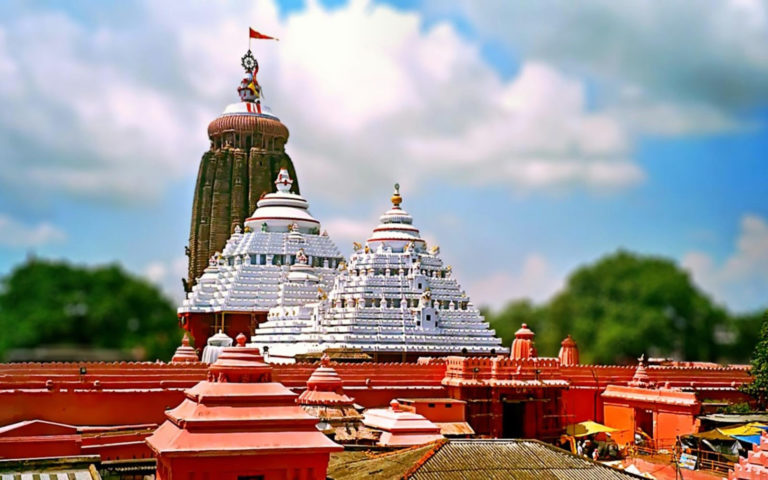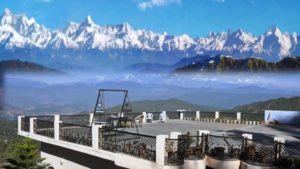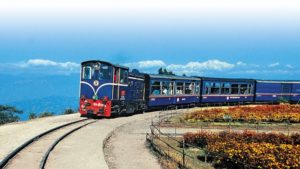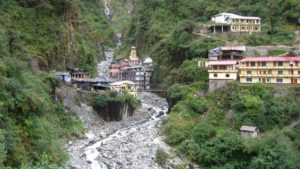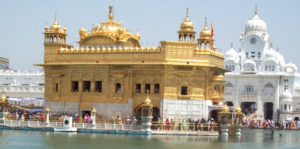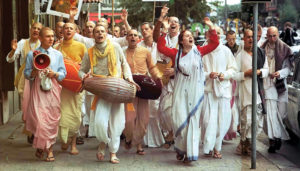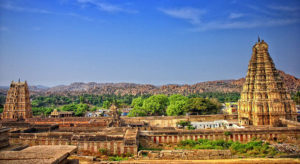By Swapan K Banerjee
Jagannath Rath Yatra is more than 5,000 years old and the most spiritual celebration in Puri (popularly also known as Jagannath Puri in honour of the presiding deity of the town) held every year on Ashadh Shukla Dwitiya tithi (second day in the bright fortnight of Ashadha month) that falls on July 6 this year.
Among many interesting mystical stories narrated in many ancient Hindu scriptures, it is believed that Lord Jagannath is so benevolent and merciful that, once in a year, He goes out in the town along with elder brother and younger sister, to bless the devotees who can’t otherwise come to His temple for whatever reasons. It is also believed that by pulling the chariot, one gets himself and ancestors delivered from the sinful routine of birth and death by attaining moksha.
Prior to 1970s, this Yatra was only held in Puri. After 1970s, ISKCON (International Society for Krishna Consciousness) founder Acharya AC Bhaktivedanta Swamy Prabhupada popularized and started holding Jagannath Rath Yatra worldwide while he started the Hare Krishna Movement.
In the centuries-old tradition, Lord Jagannath (an expansive form of Lord Krishna) along with brother and sister undertake an expedition to the Gundicha Mata Temple. On this day the Chariot Nandighosha with Lord Jagannath, Chariot Taladhwaja with Lord Balaram and Chariot Devadalana with Subhadra roll down the Bada Danda (The Grand Avenue) and reach the Gundicha temple, approximately 2688 meters away for 9 days stay there and then back home to Jagannath Dham with the same ritual. During the festival, devotees from all over the world throng to Puri with an earnest desire to participate in pulling the Lords’ chariots.
The three chariots are specially designed and are made to replicate the Jagannath Temple itself. Three new chariots are made each year in specific dimensions and use a specific number of wood for each, and distinct colours are used for specific chariots. King Indradyumna of Ujjayani (now known as Ujjain in Madhya Pradesh) was credited with building the original temple in 318 AD after he was ordained in a dream one day by the Lord Himself.
This temple, that has been plundered more than 18 times, still retains its ancient splendor. The temple is however only open to orthodox Hindus. The only time where every person irrespective of caste and creed can pay respect to the deities is during the Jagannath Rath Yatra. It is also one of the four most sacred temples in India and a crucial part of the Char Dham Yatra.
The devotees work themselves up into a state of frenzy, their enthusiasm boundless, dancing and chanting with the sounds of drums, trumpets and tambourines with a burning desire to please Jagannath who was visiting them on this day. People, thus excited, make a beeline for the chariots surrounded by countless pilgrims in order to pull them with the ropes. Some of them die in the process just as in Kumbh Mela, Mecca or Ganga Sagar. But the hysteria carries on regardless.
Apart from the Jagannath temple, Sargadwar (gateway to heaven) beach is the other main attraction in Puri. It’s said that Chaitanya Dev took a dip here before merging into the divine soul in Nilachal. Also, according to the scriptures, sacred Neem wood known as Daru Brahma floated up on this beach, from which the main deities of Jagannath temple were first designed by King Indradyumna’s master craftsman.
The flag atop the temple is always aflutter. It never hangs limp, even when the wind drops dead down below. Every evening a man climbs to the crest of the temple without any aid. The eyes of the worshippers are riveted on every single step of the climber, on each of his moves. The crowd that collects on the courtyard within the temple compounds cheers as the climber slowly makes his way up. He does it in all seasons irrespective of the weather conditions. He carries with him new flags of different look and size purchased by devotees for the well-being of their relations to be put up there to attract divine grace. Next evening these flags are brought down and a new set of flags carried up. It’s a daily ritual. The blessed flags that remain for a day on the dome’s topmost point are put on auction, for the flags are few and takers are too many.
But the city has undergone a sea change. The shore where you long to wet your feet to get the foamy feel of the tangy seawater is now crowded with gorgeously dressed camels, quite a few of them. People don’t have to go through anymore the rigours of riding a camel as in Rajasthan. The camel here carries with it a ladder. The same way fishermen are also not visible on the Sargadwar sea-beach anymore. Now the middlemen have come into the fray.
There are more bulls on the road in Puri than dogs. The center of the three-point crossing which forms the front of the Jagannath Temple abounds with such creatures. They frequently lock horns, but do so noiselessly. My first attempt to enter the Sanctum Sanctorum is thwarted by two menacing bulls, their heads pressed against each other lowered almost to the ground. There is another fight in progress on the other side of the road. The natives go about their business as if nothing has happened!
The weather in Puri remains as salubrious as ever. During winter the tap water is pretty cold at dawn, but it really refreshes you. Unless you gorge on junk food on the beach, you remain healthy inhaling the ever-fresh sea breeze and looking at the vast sea changing colour every hour. When I enter the temple it’s the poem Jejuri by Arun Kolatkar and the film Oh My God (OMG) that comes to mind. The ‘agents’ of God are all there to fleece you. People, however, are going berserk to catch a glimpse of the Lord Jagannath.
Puri is the spiritual capital of Odisha. As in Benares, devotees yearn to breathe their last here, for they believe that losing one’s mortal coil at Sargadwar leads to moksha, and thereby the cycle of birth and death comes to an end. If you have ever entered the Garbhagriha (the womb chamber), the innermost sanctum of the Jagannath temple where reside the presiding deities, you know there is something divine in the air that you distinctly feel.
A sense of peace, though fleeting, that passes human understanding, dawns upon you, and despite everything, you long to come back again!



